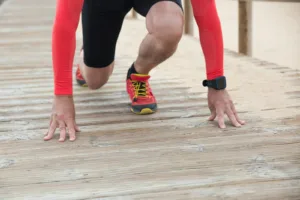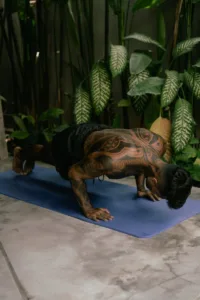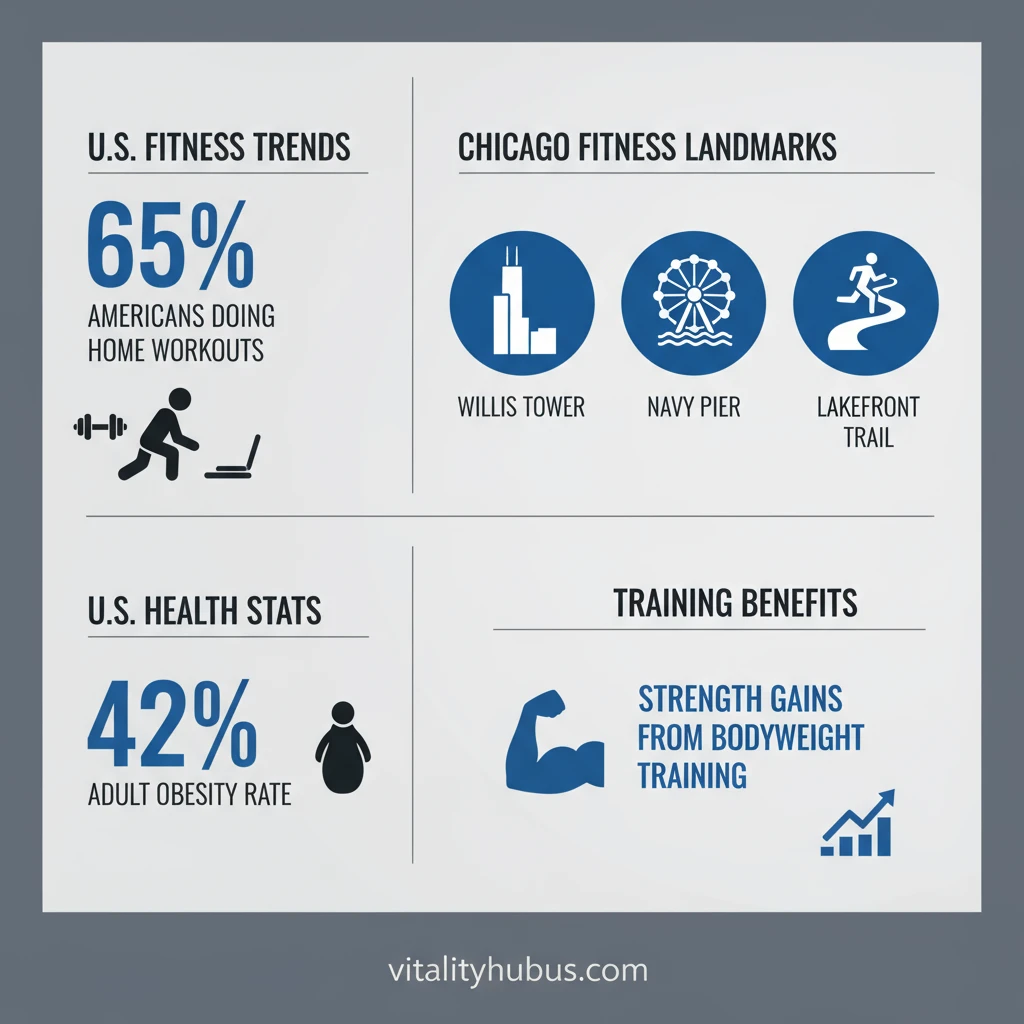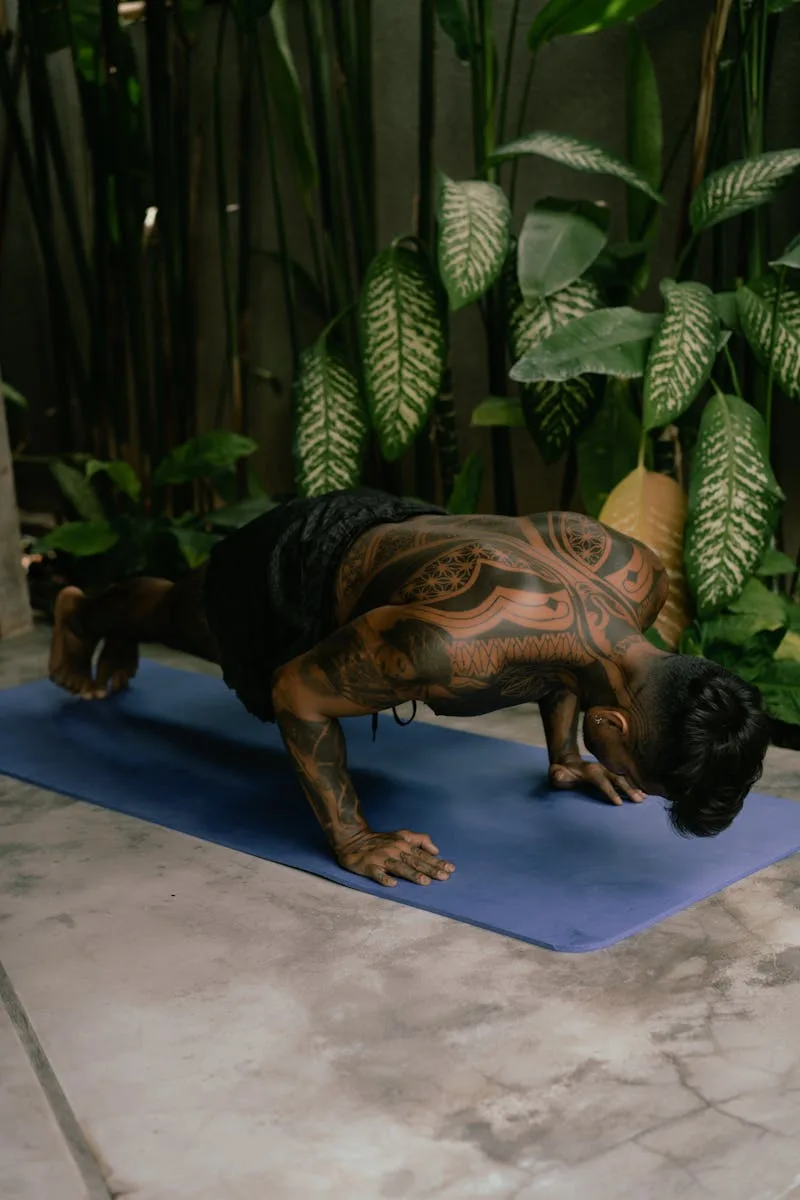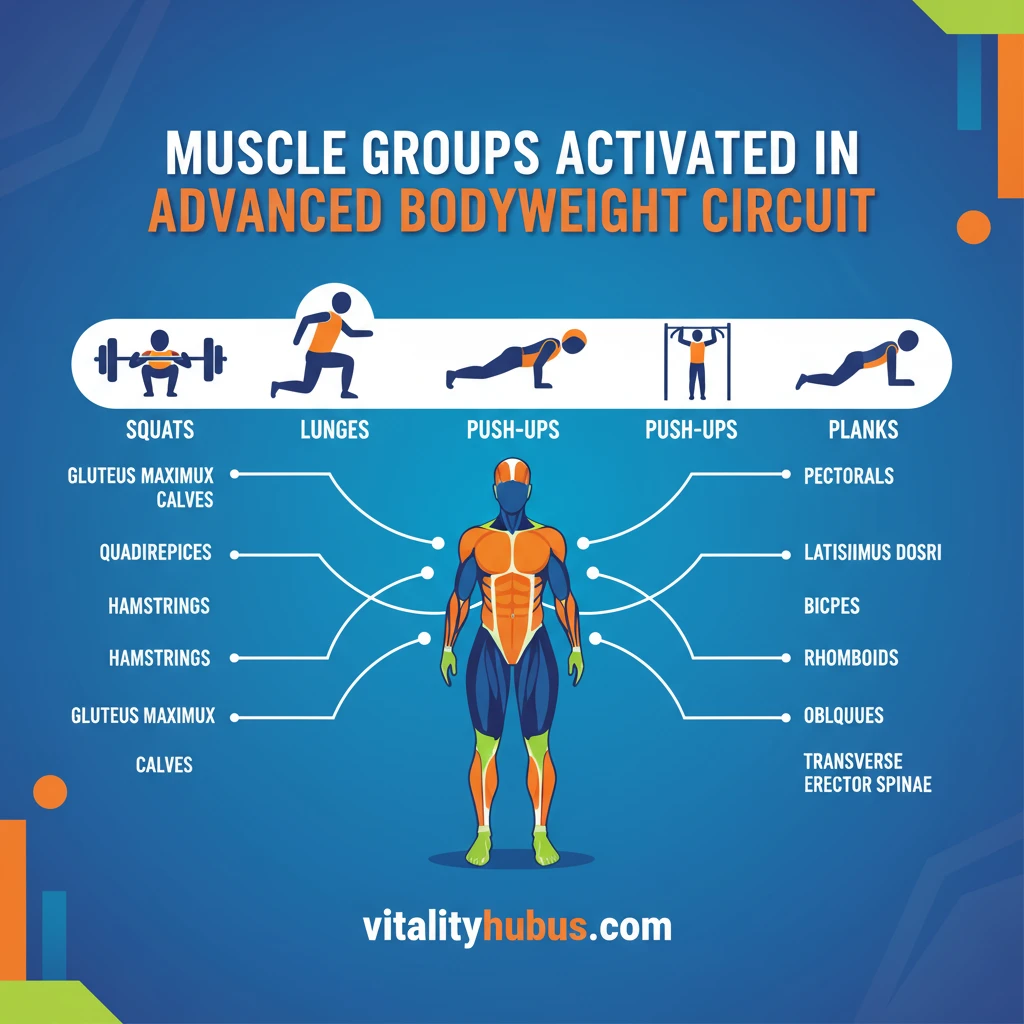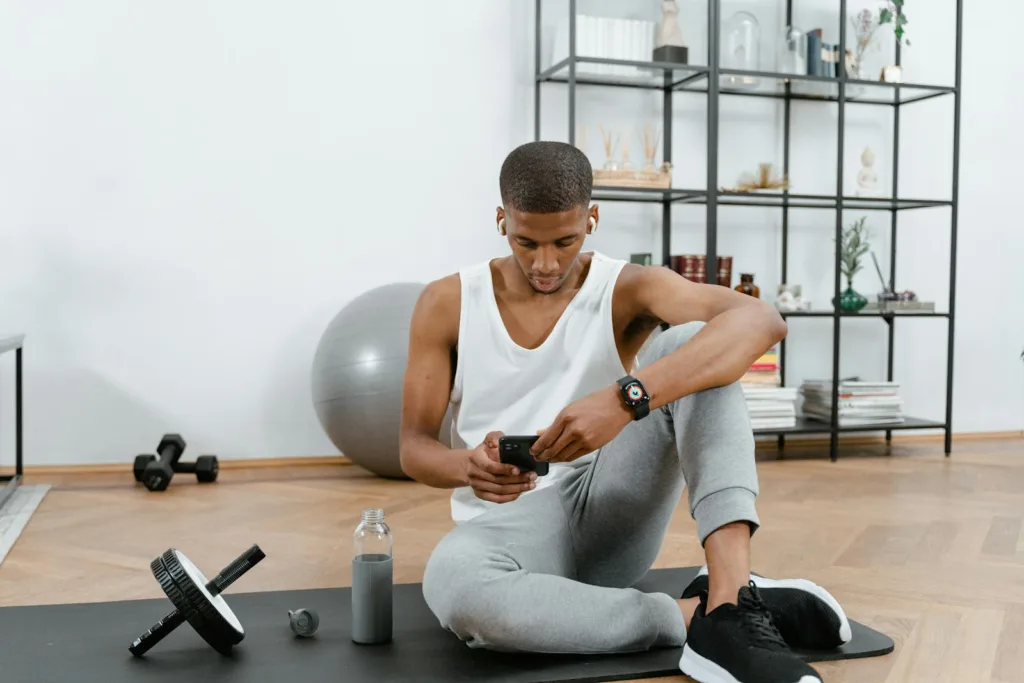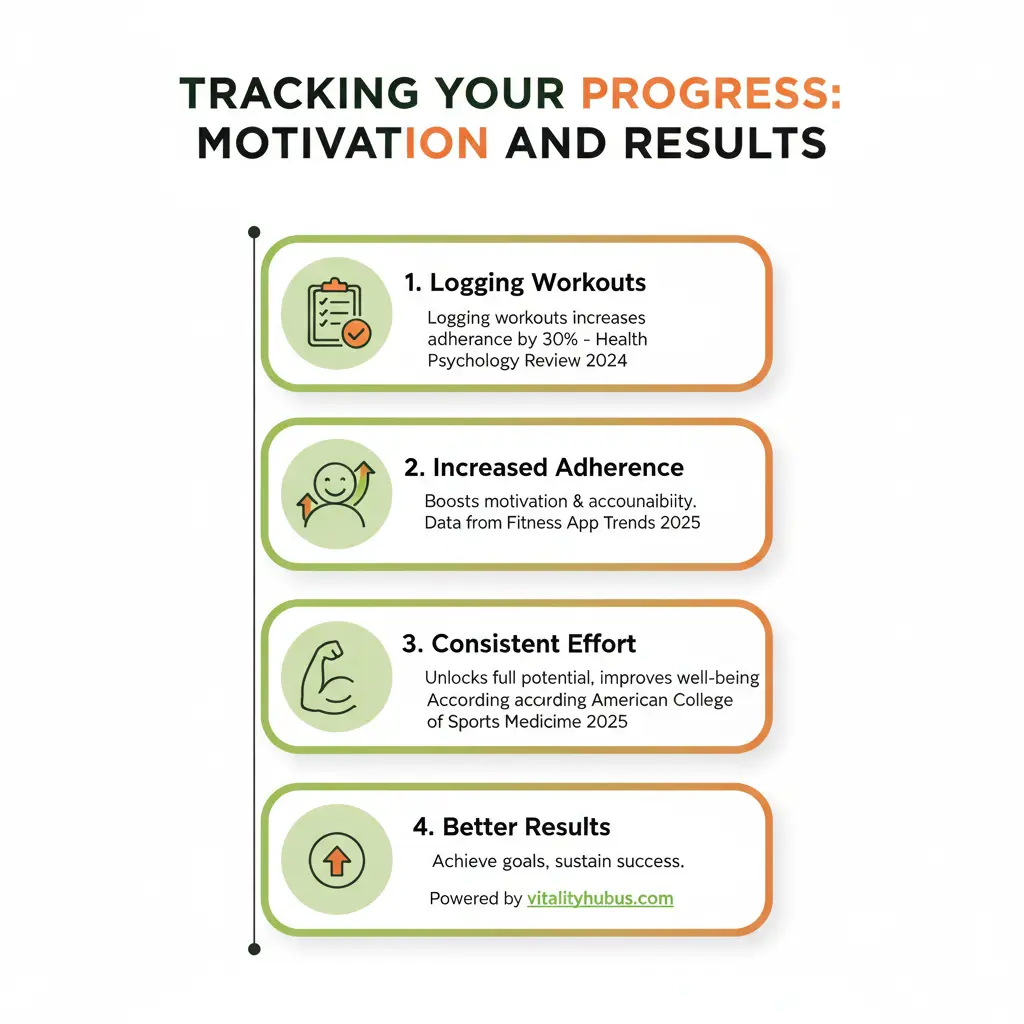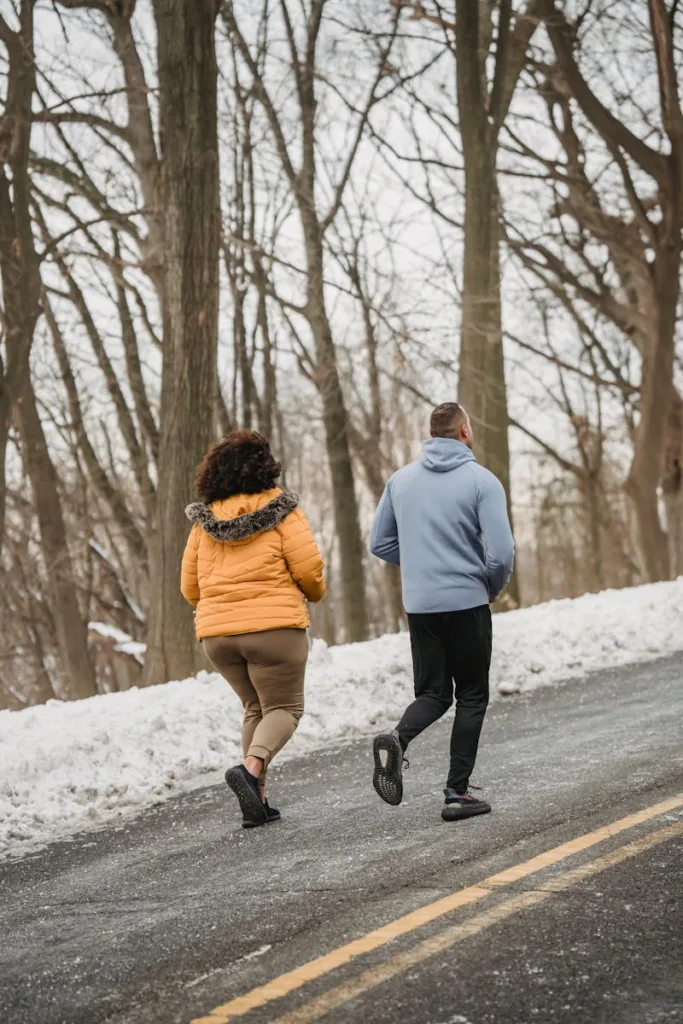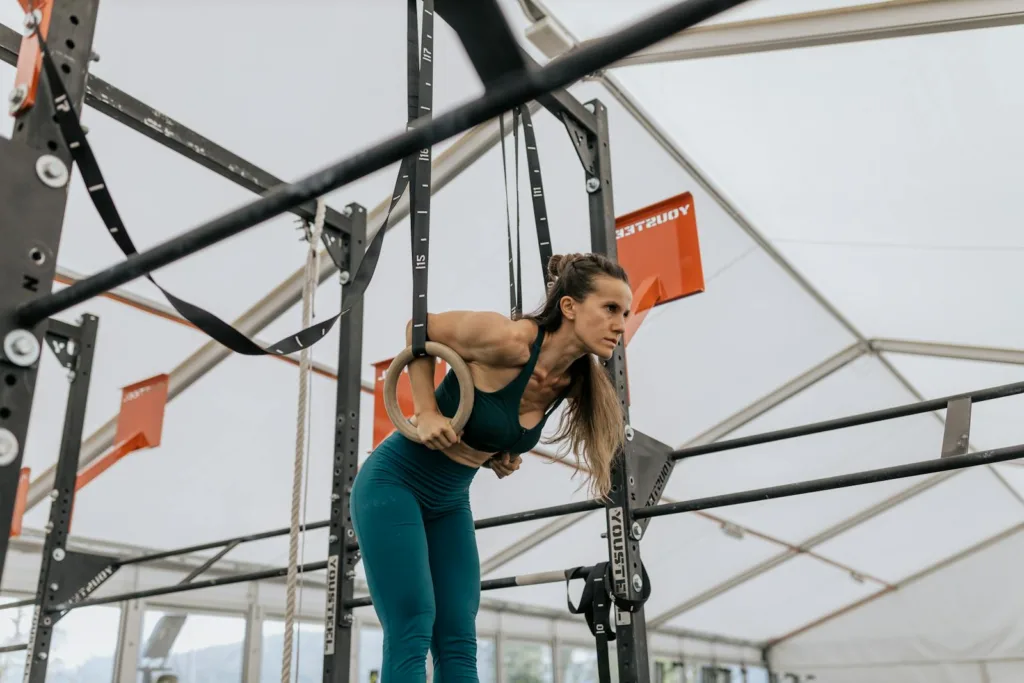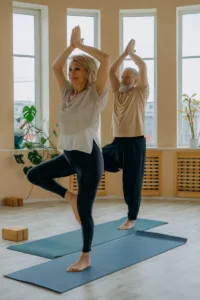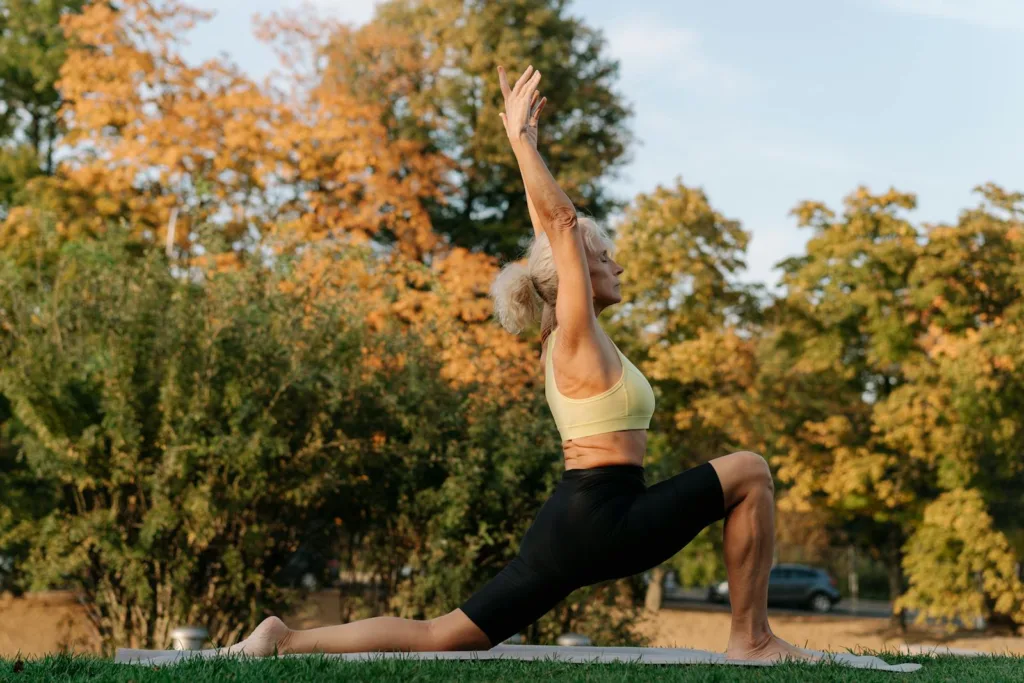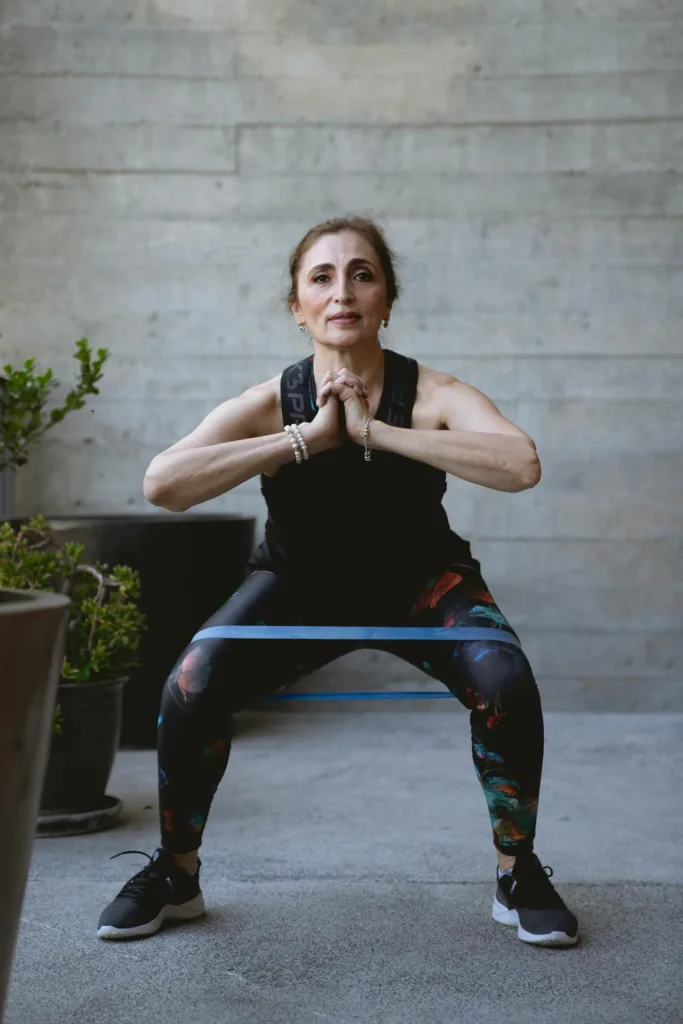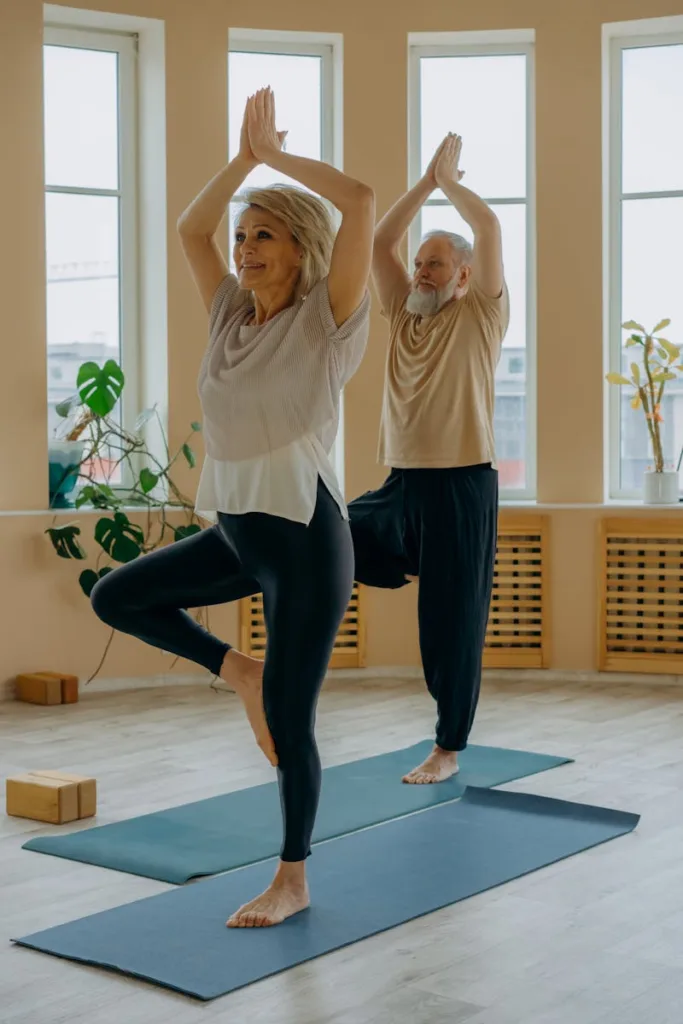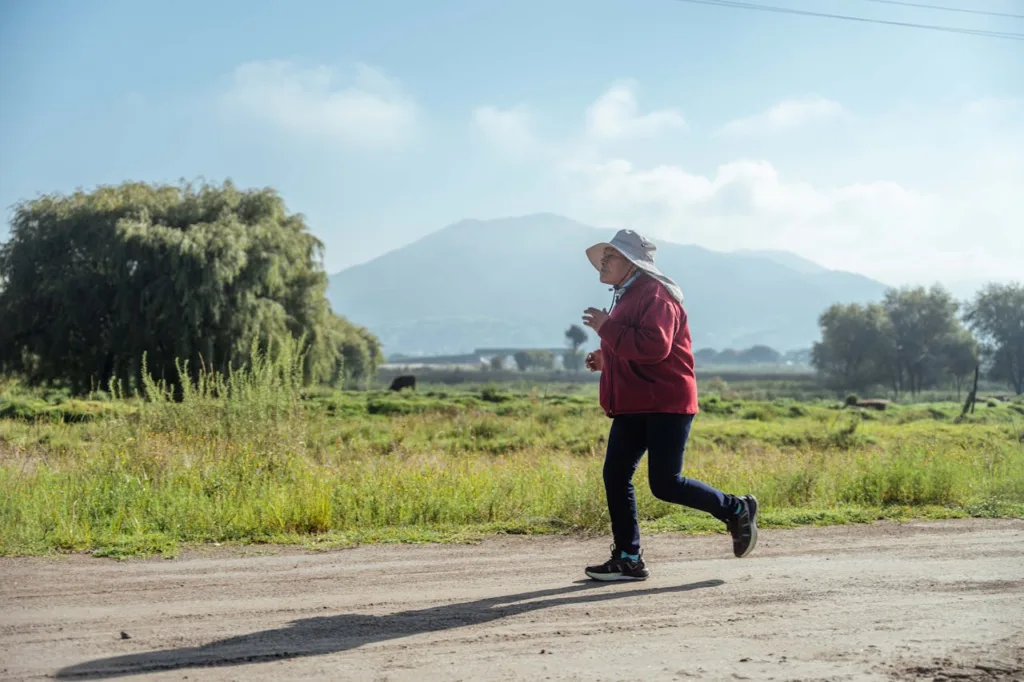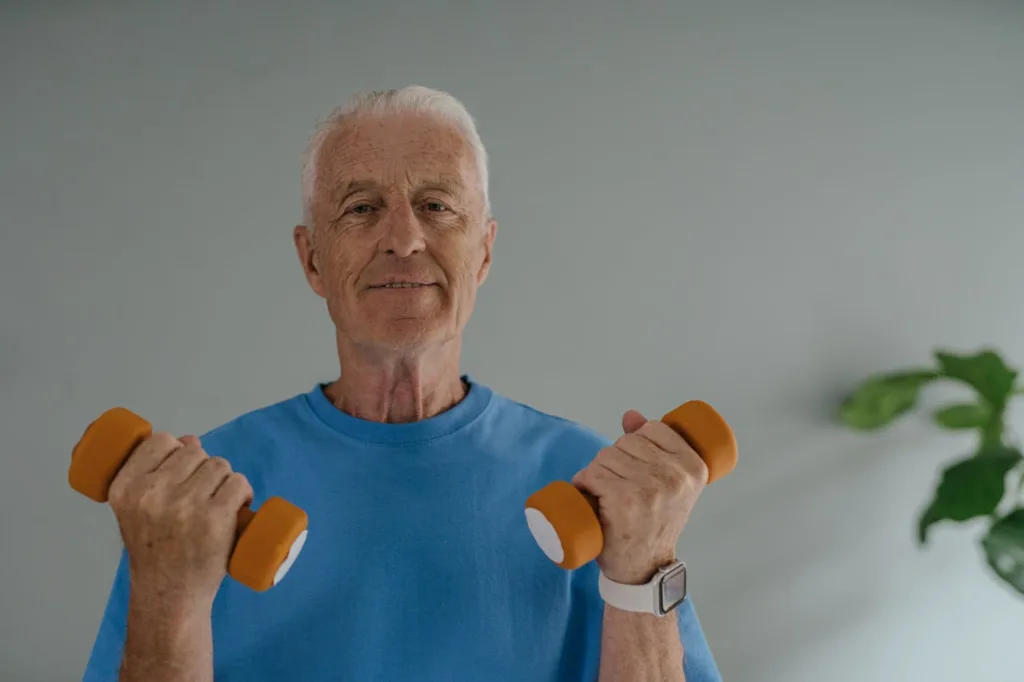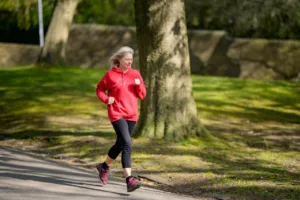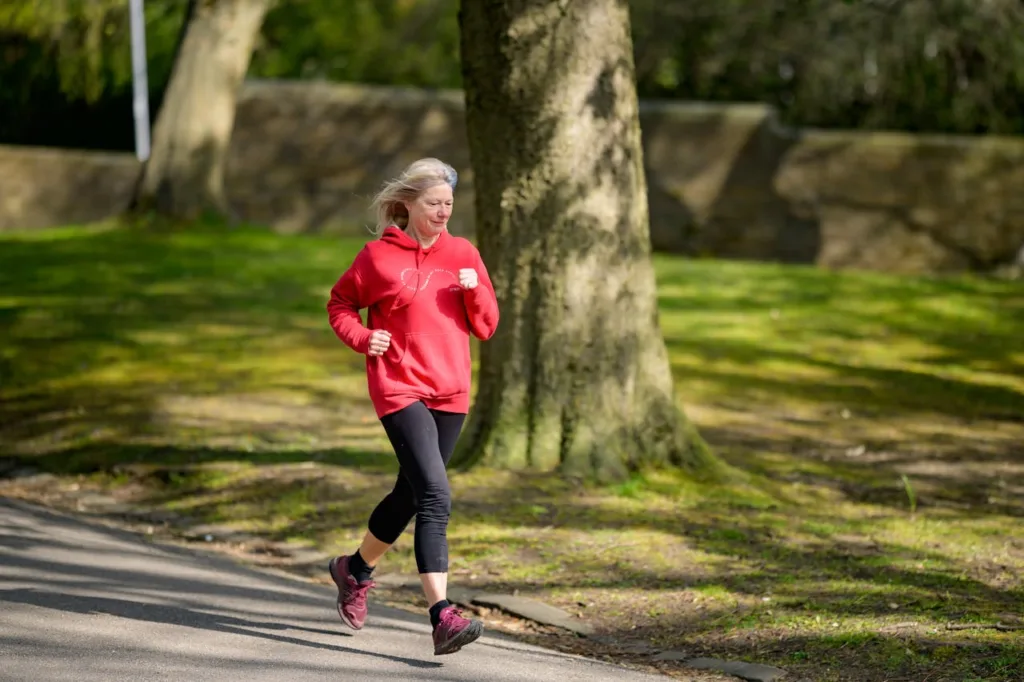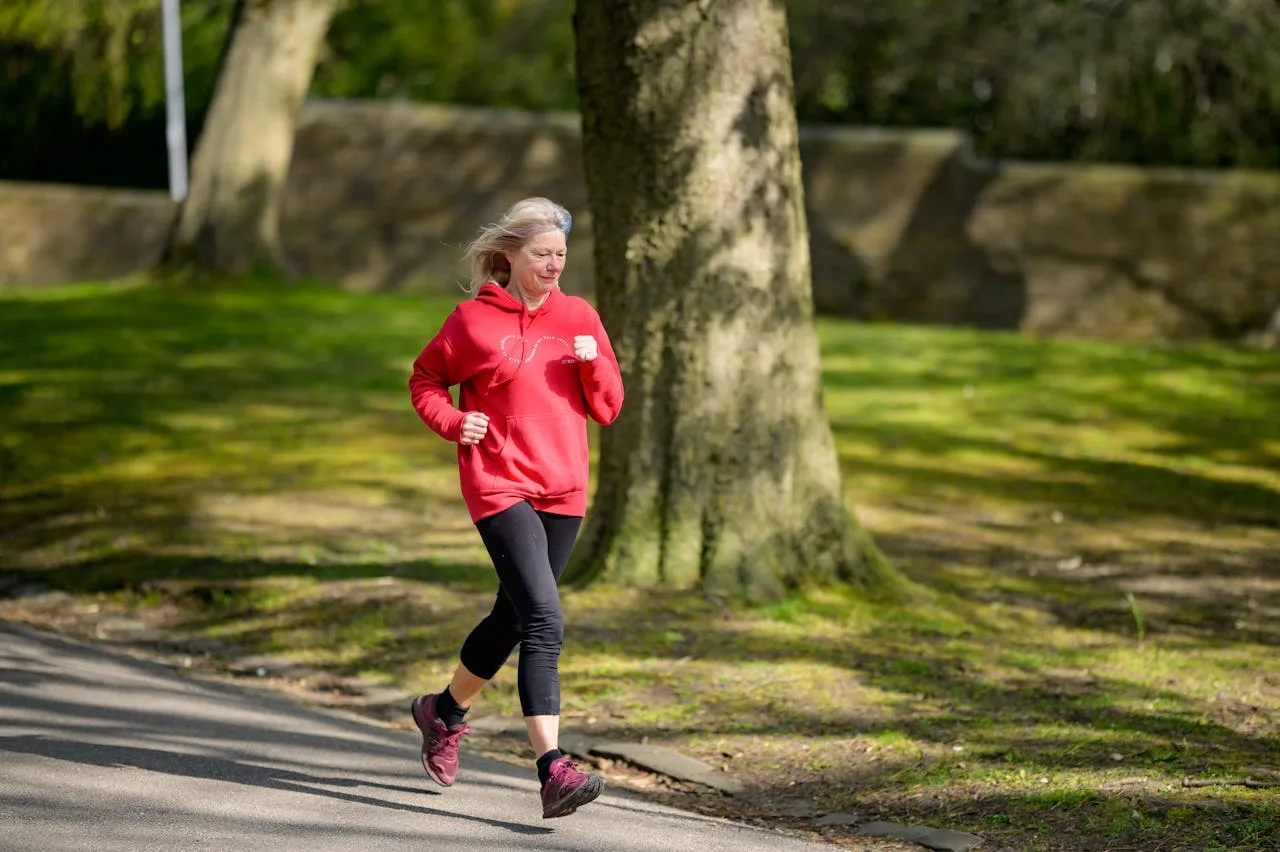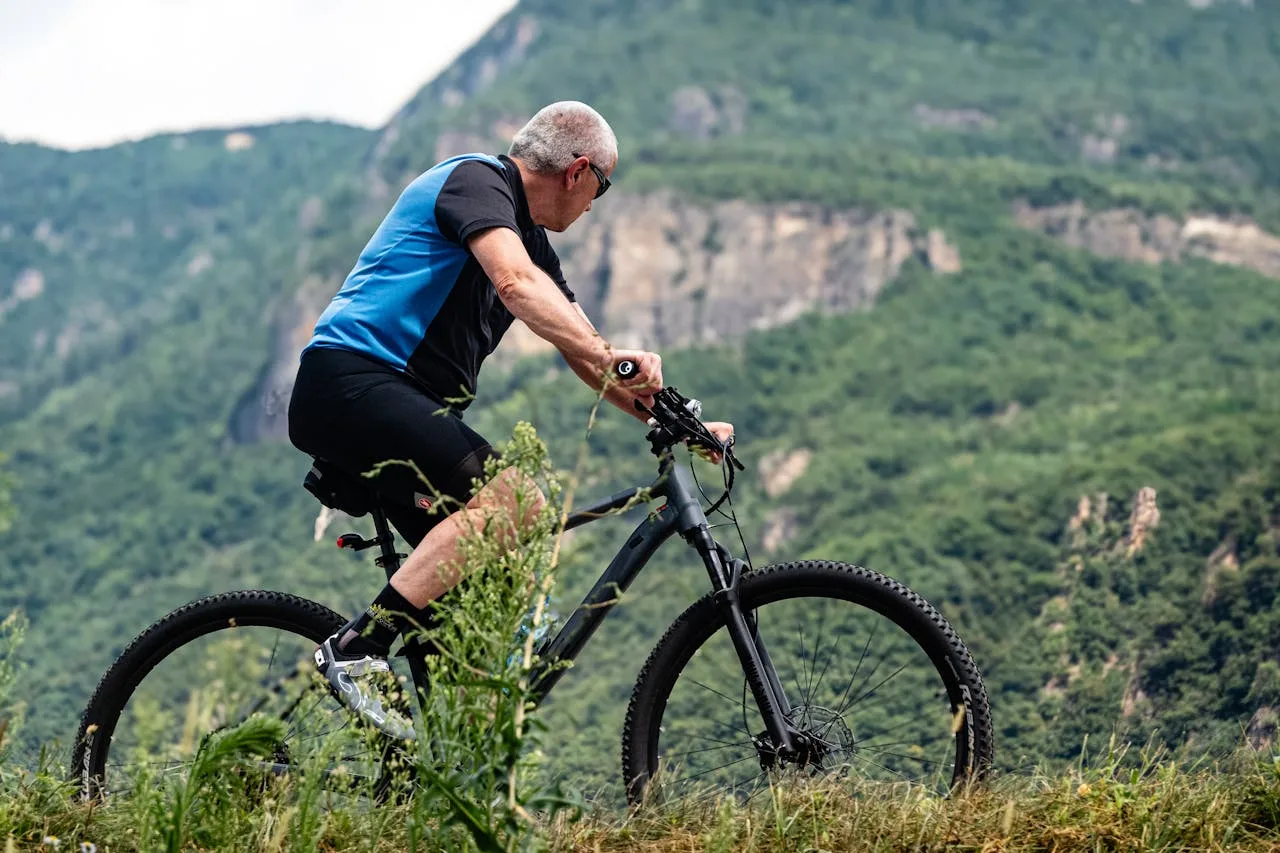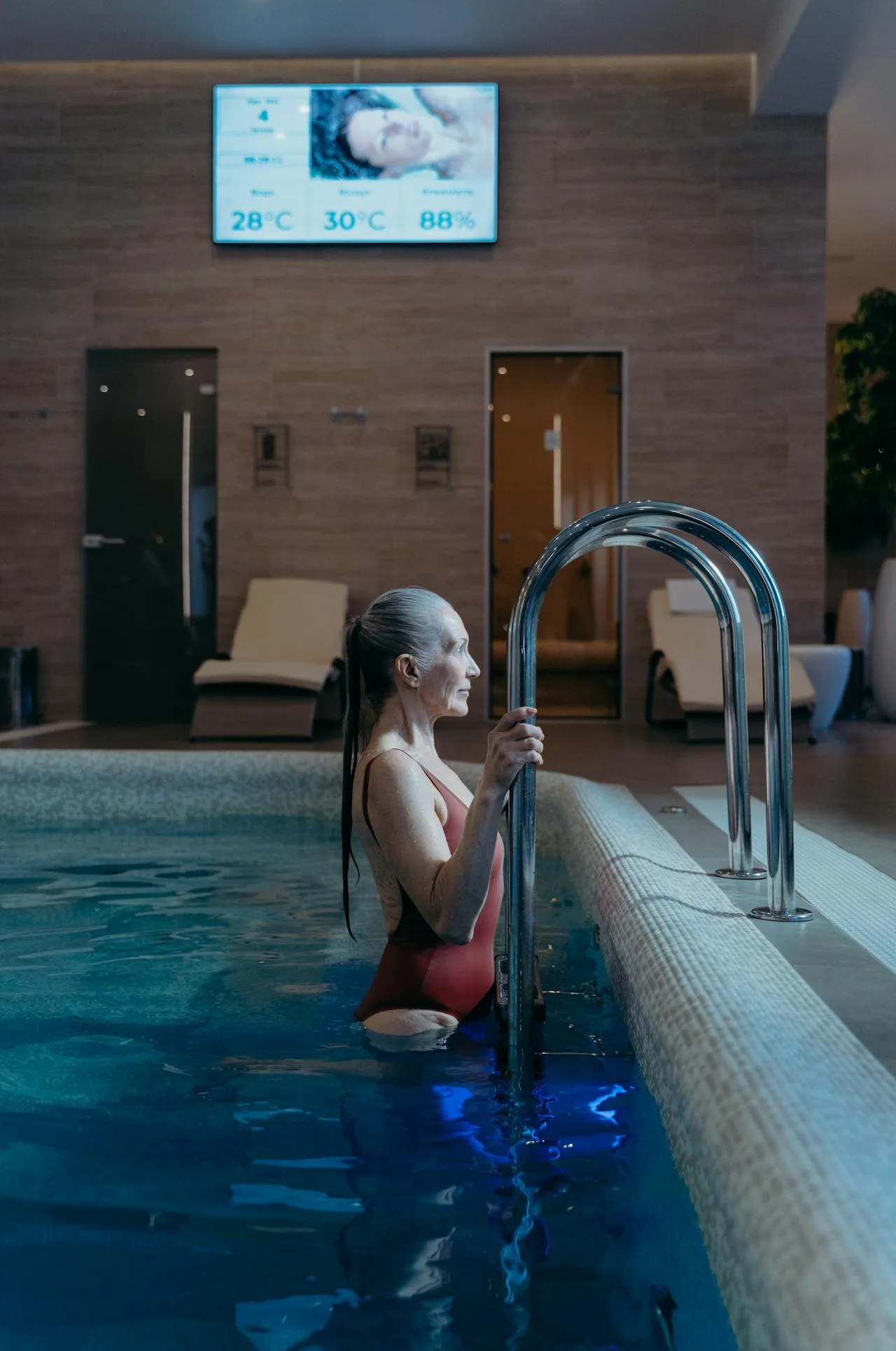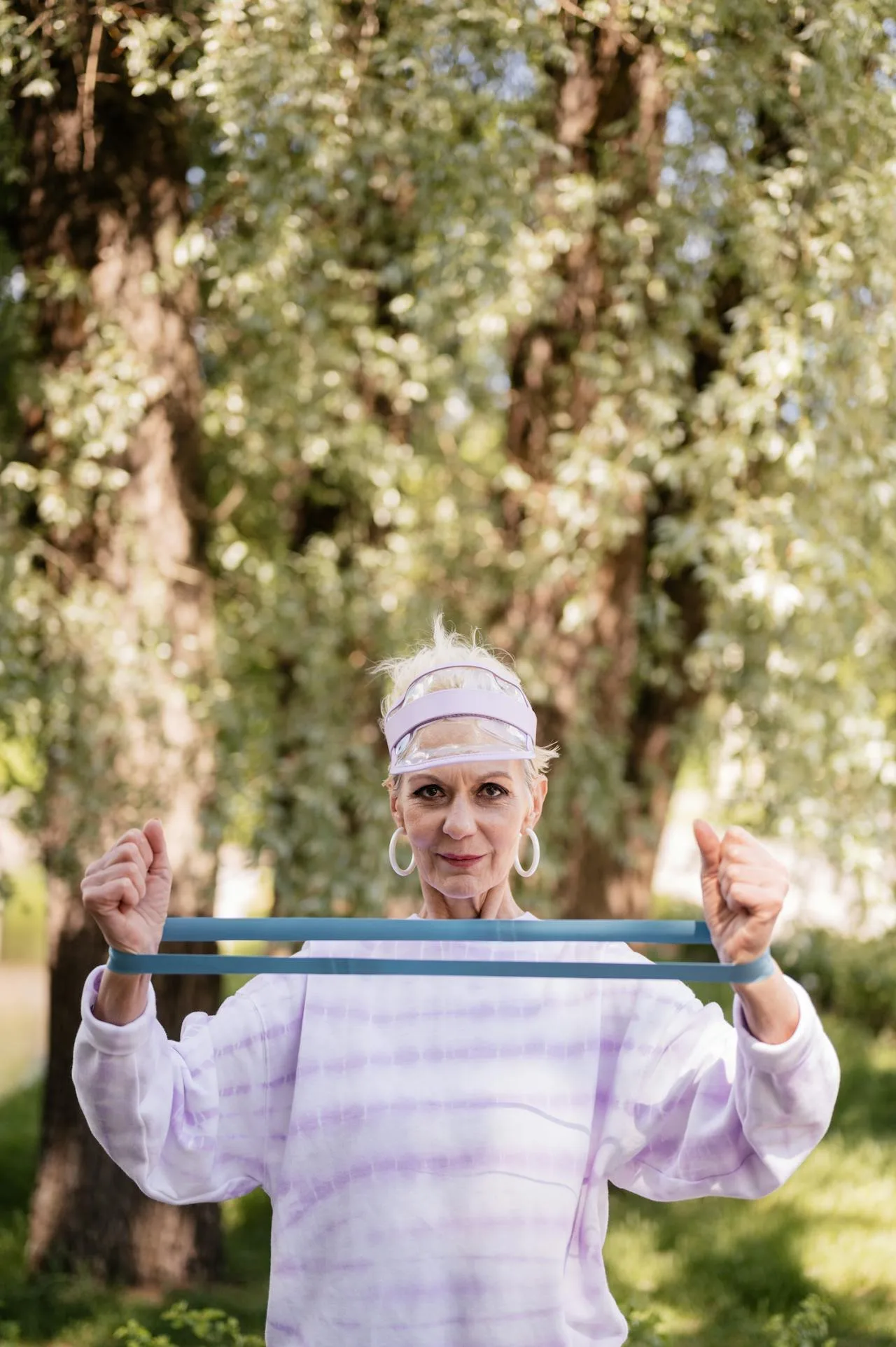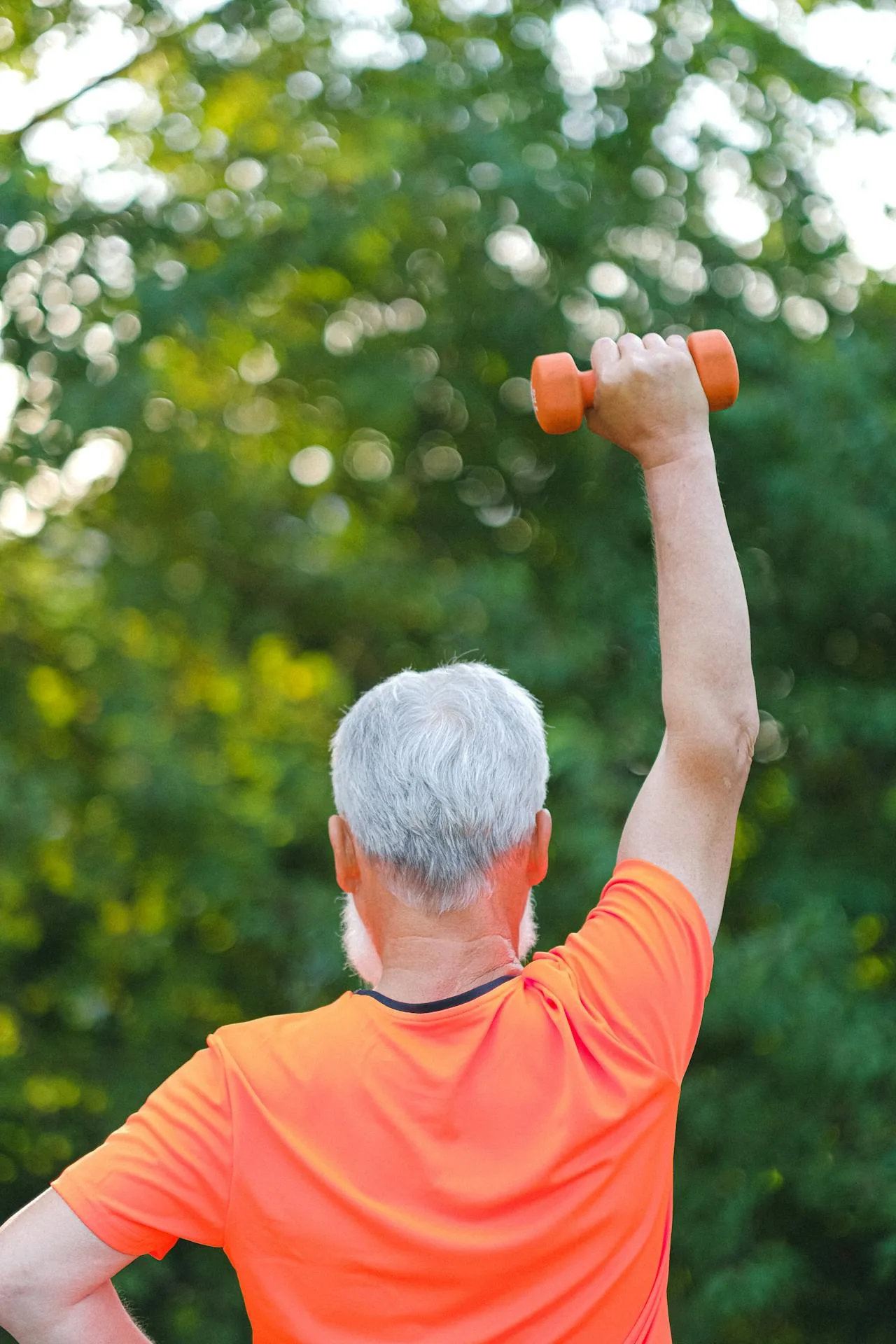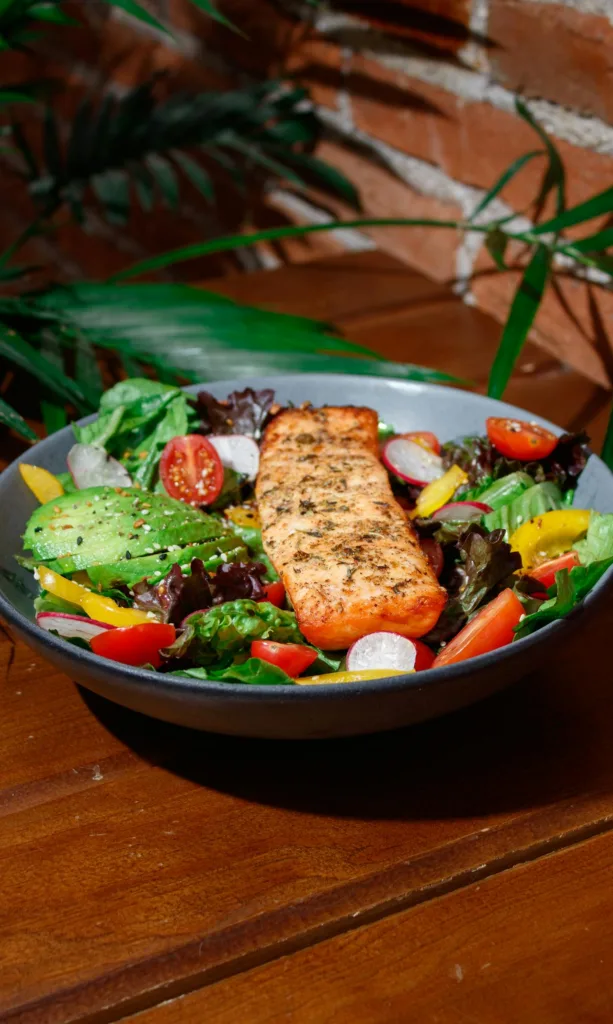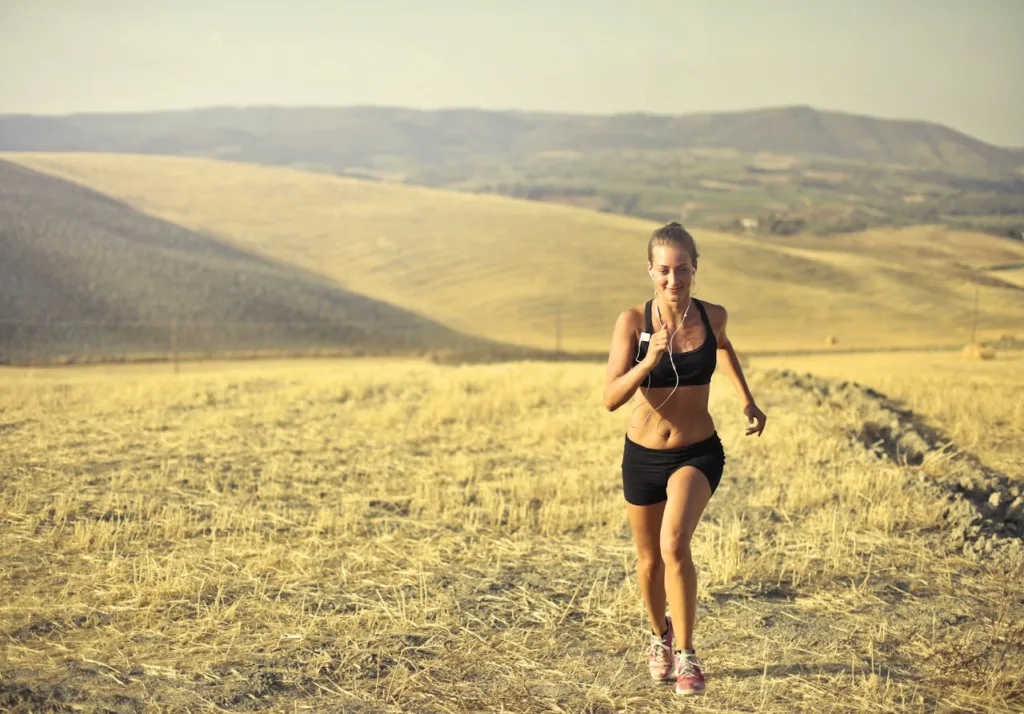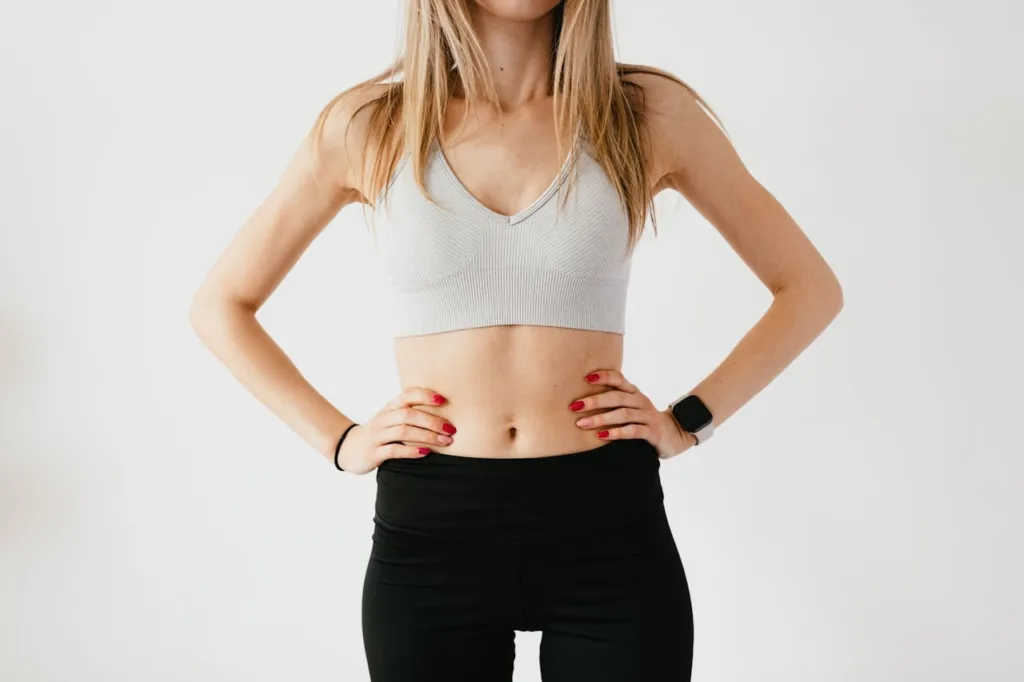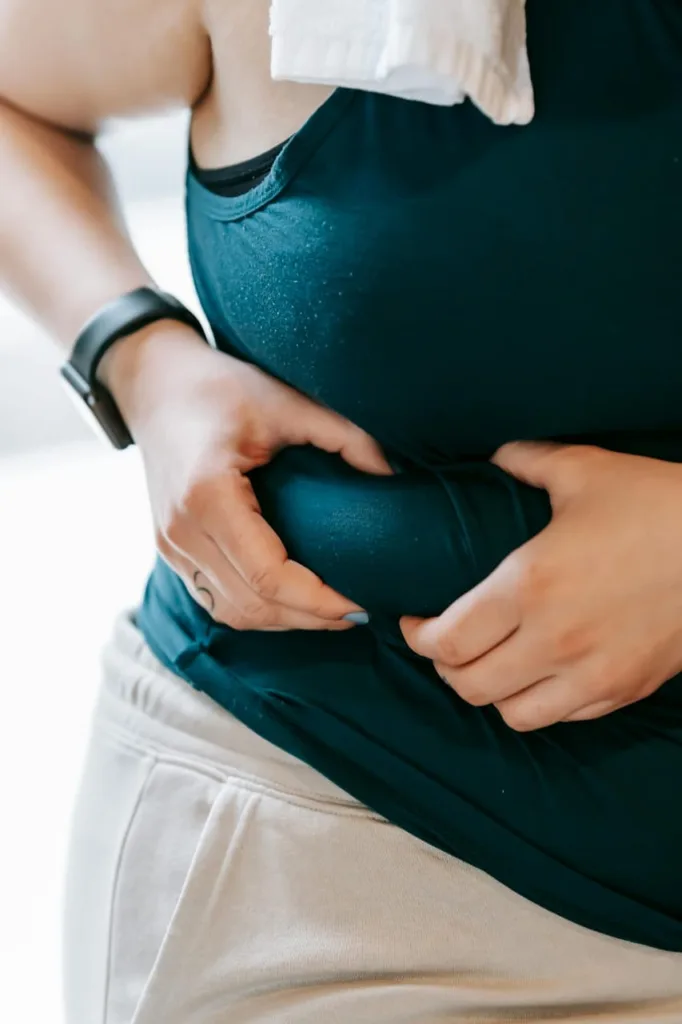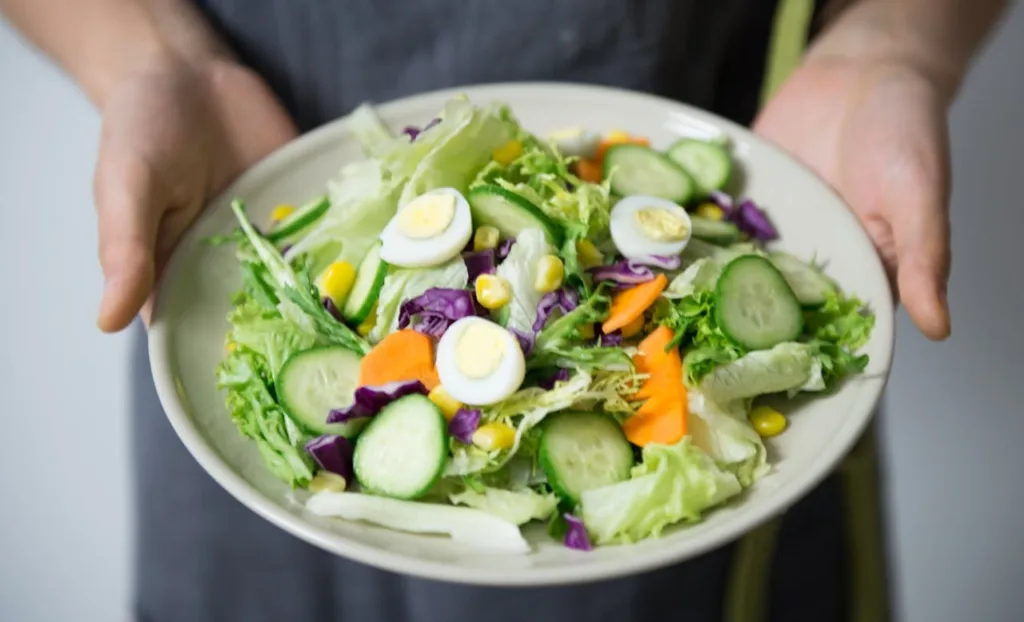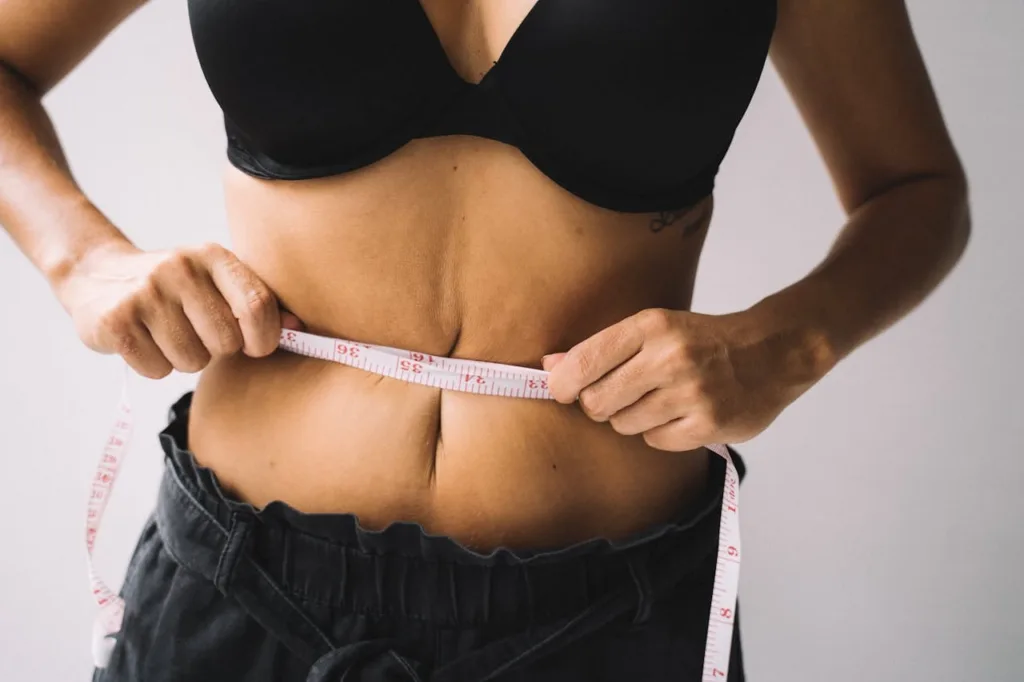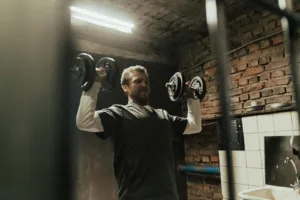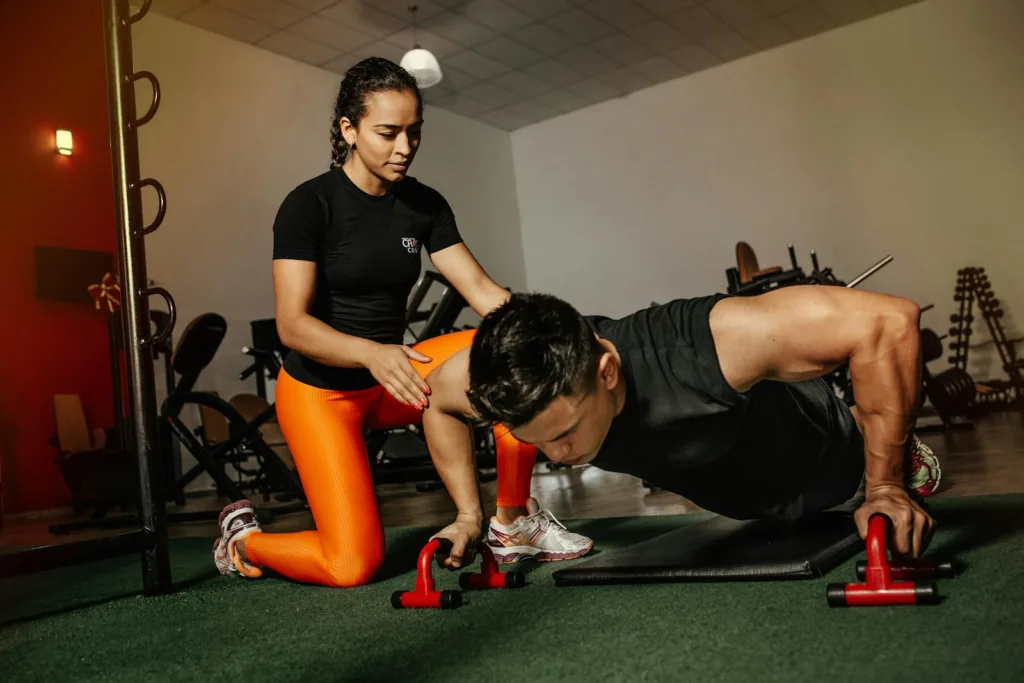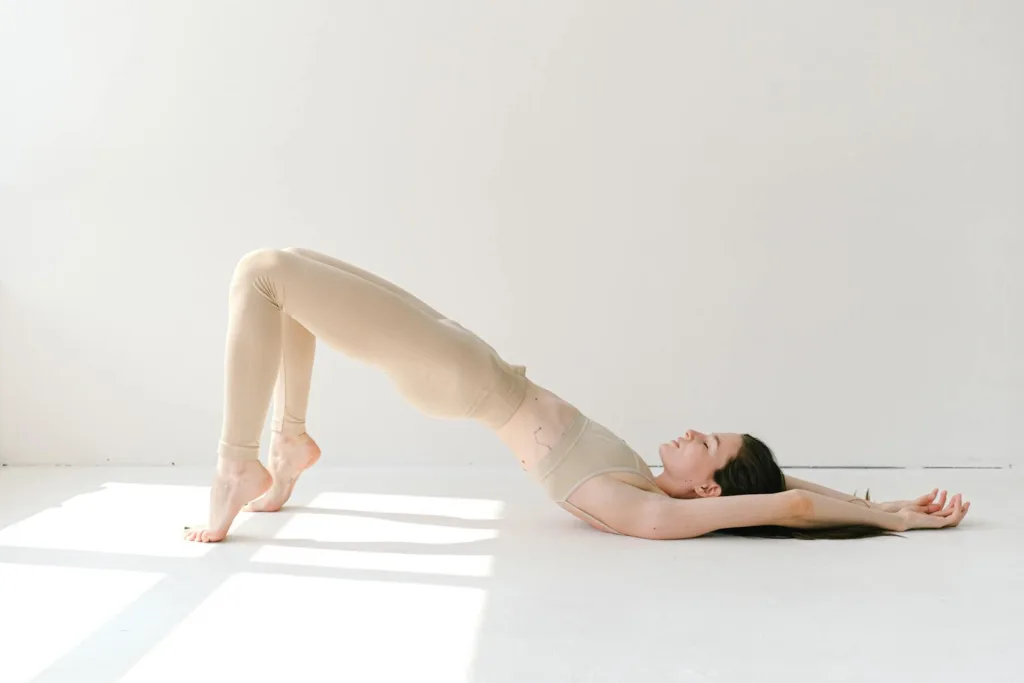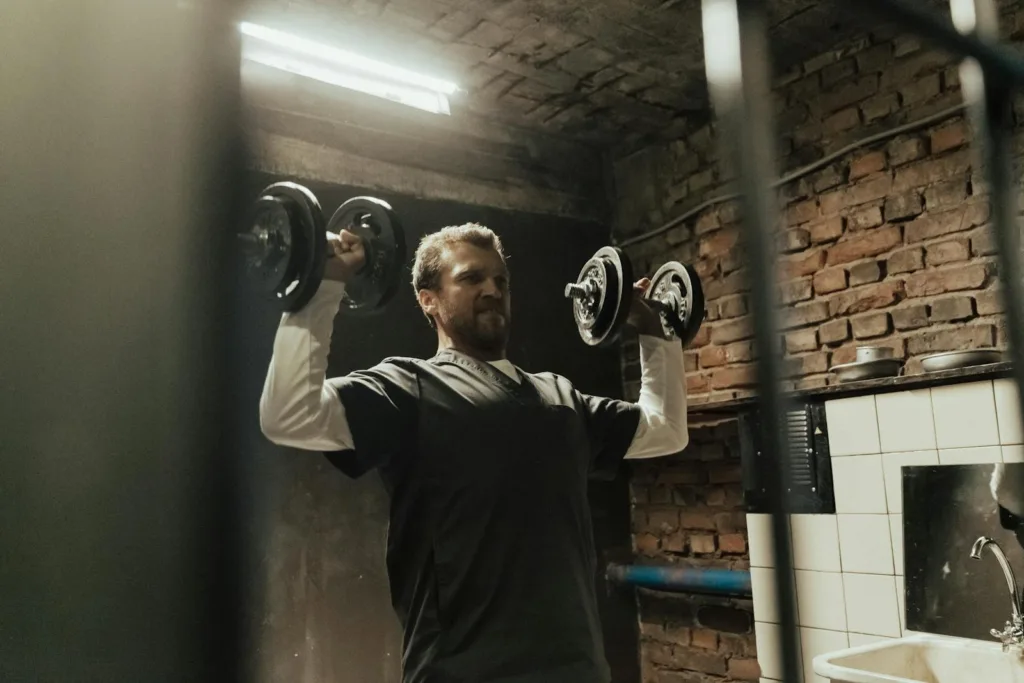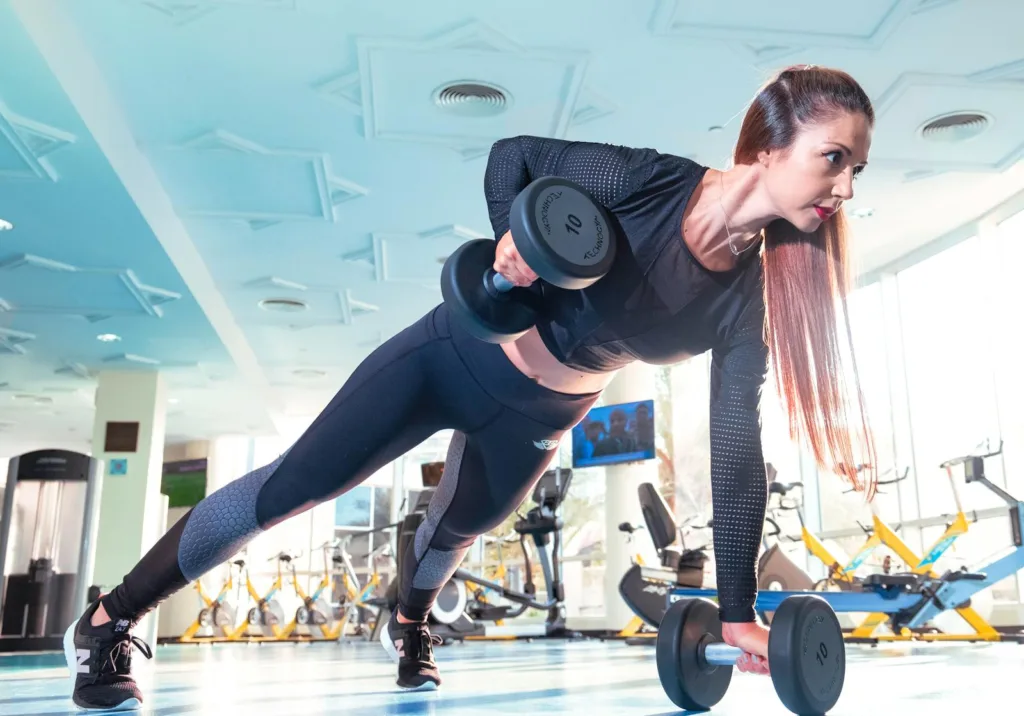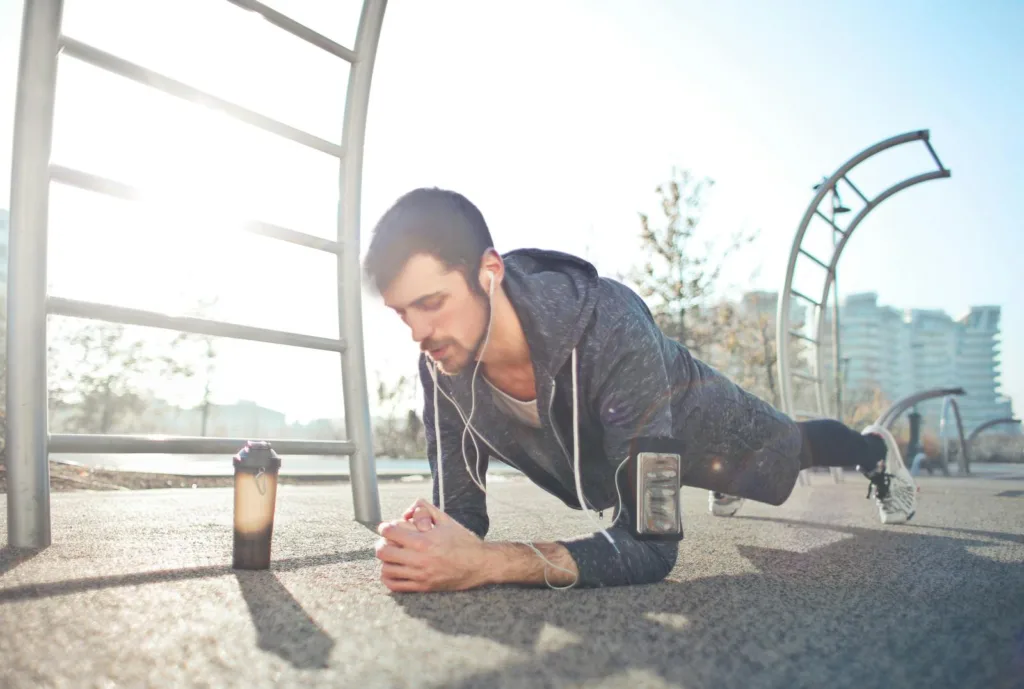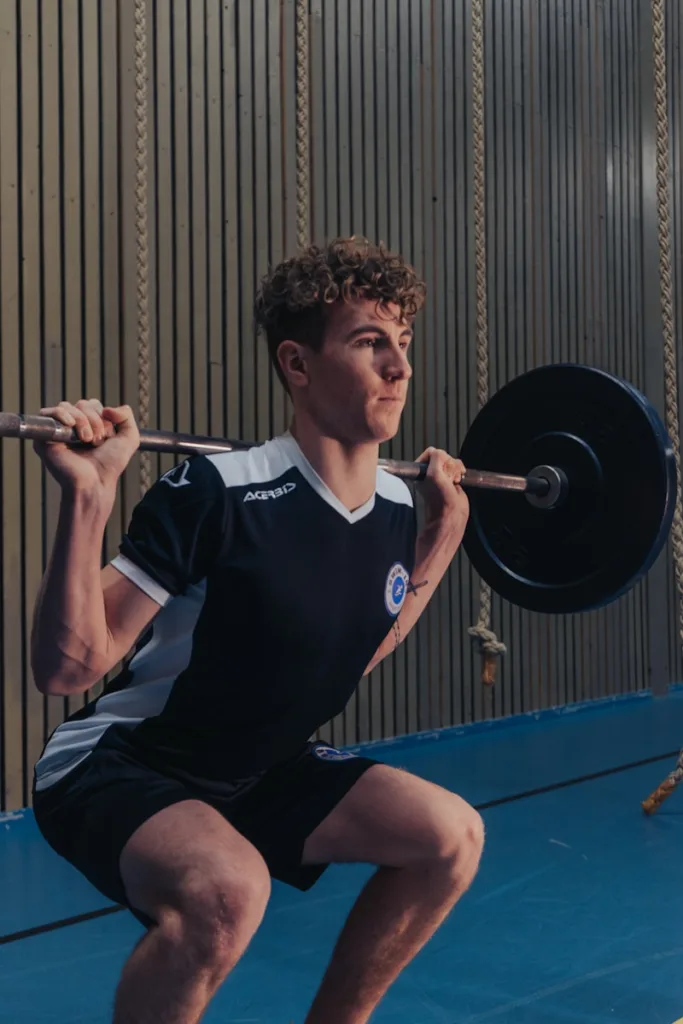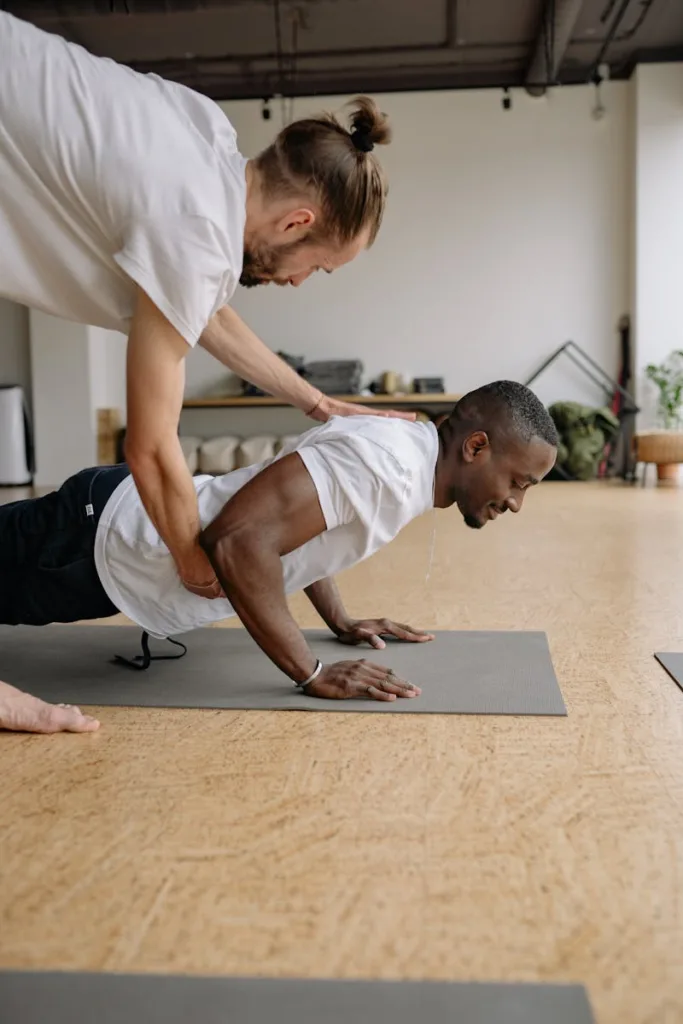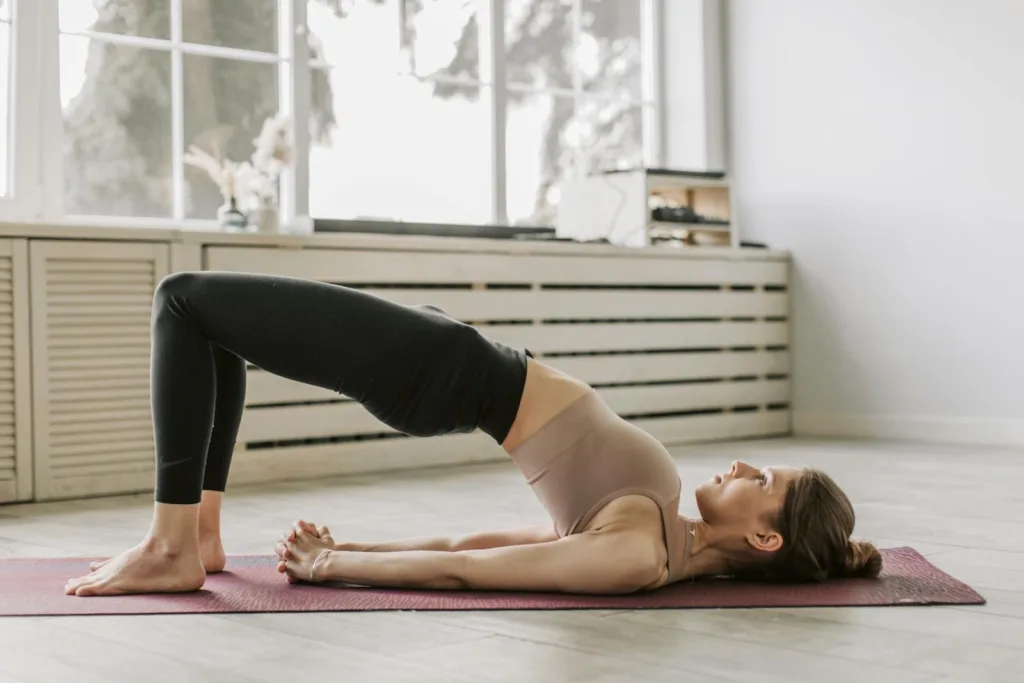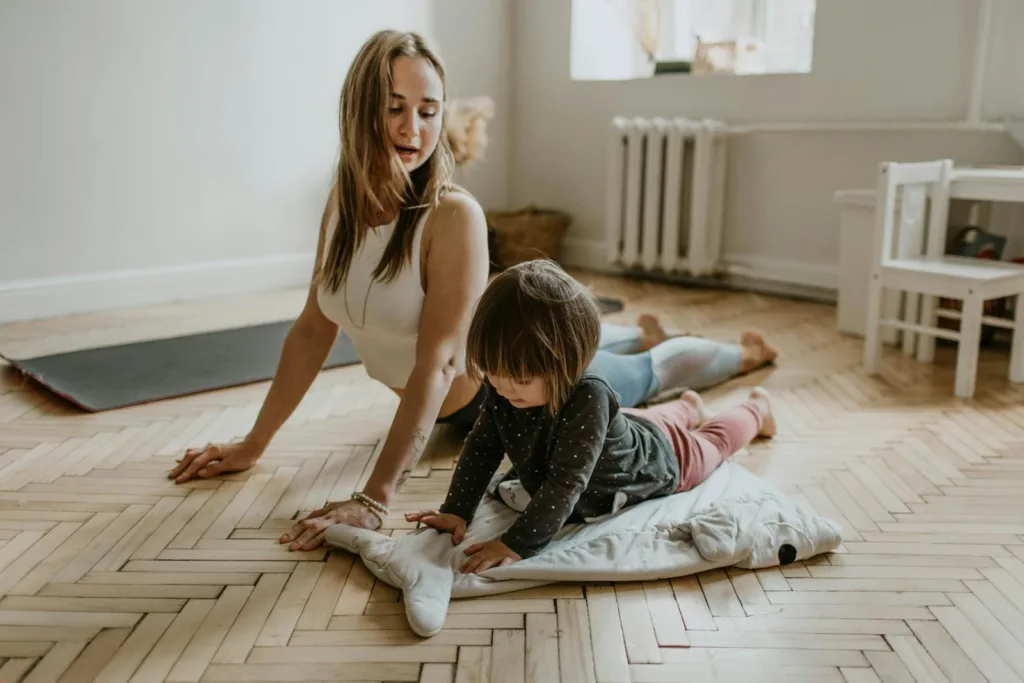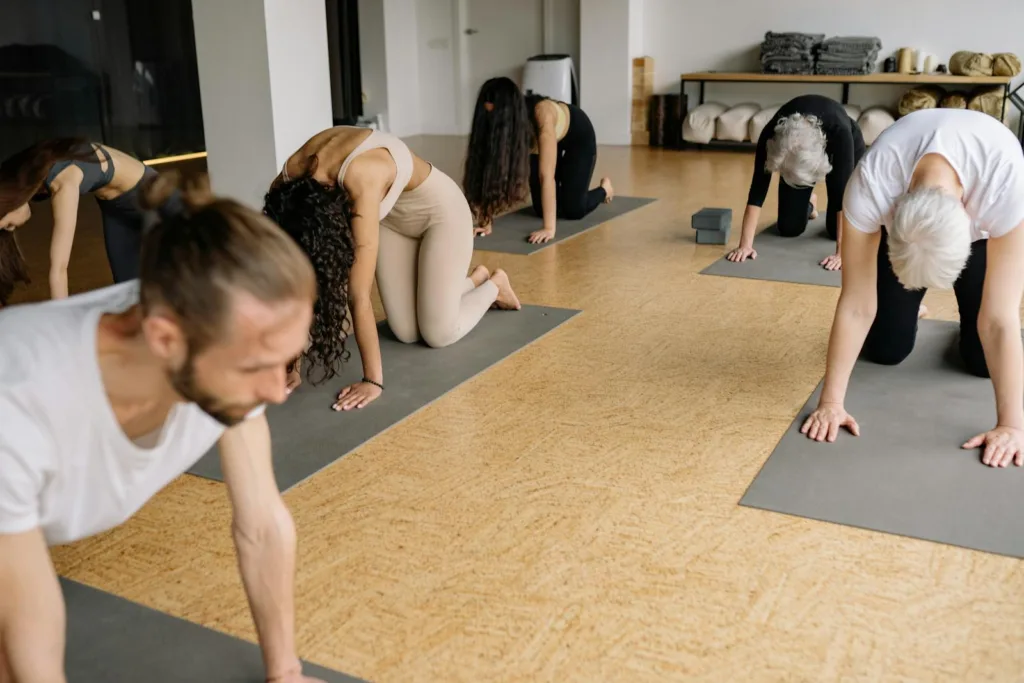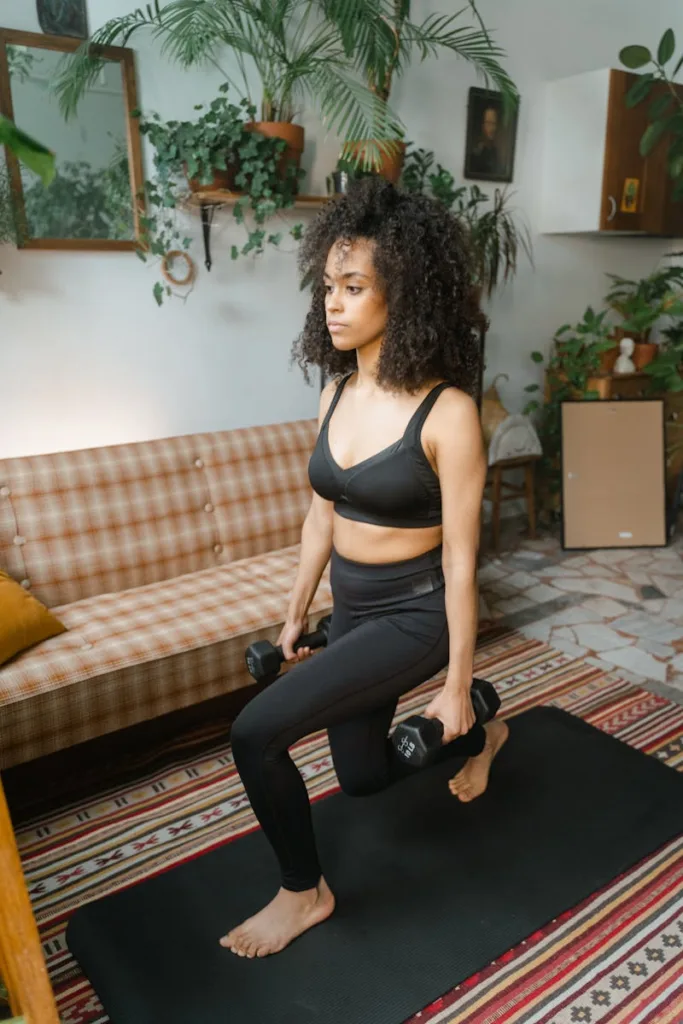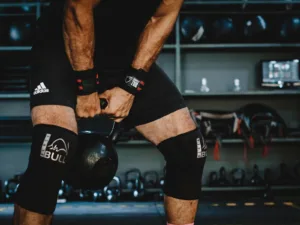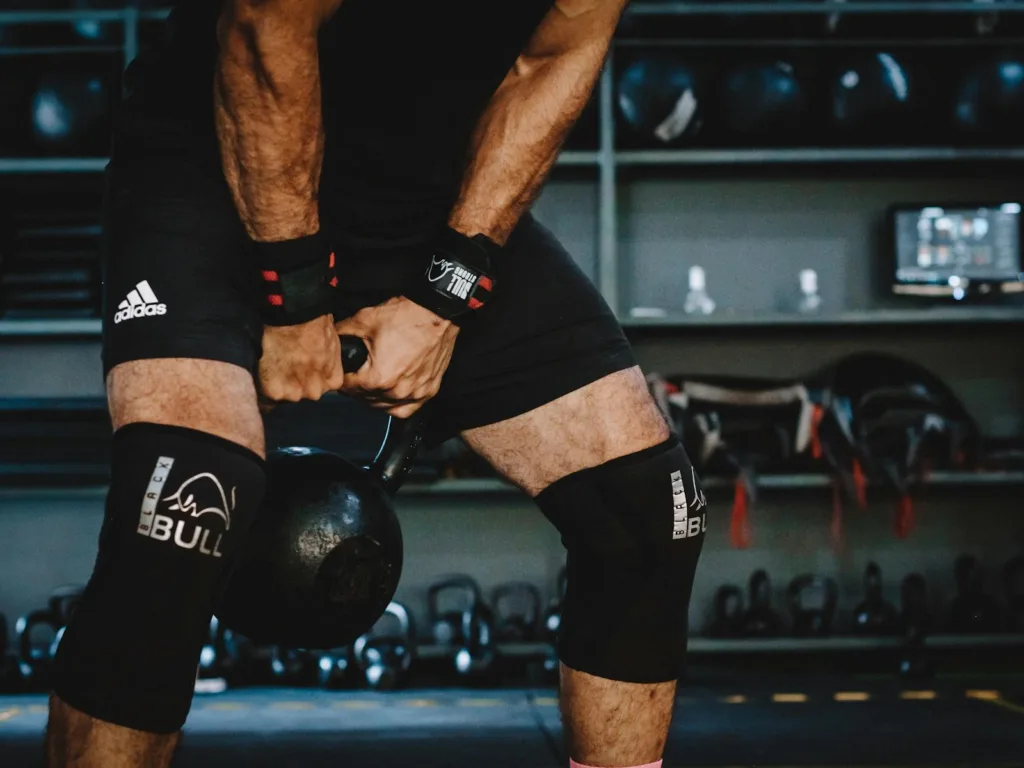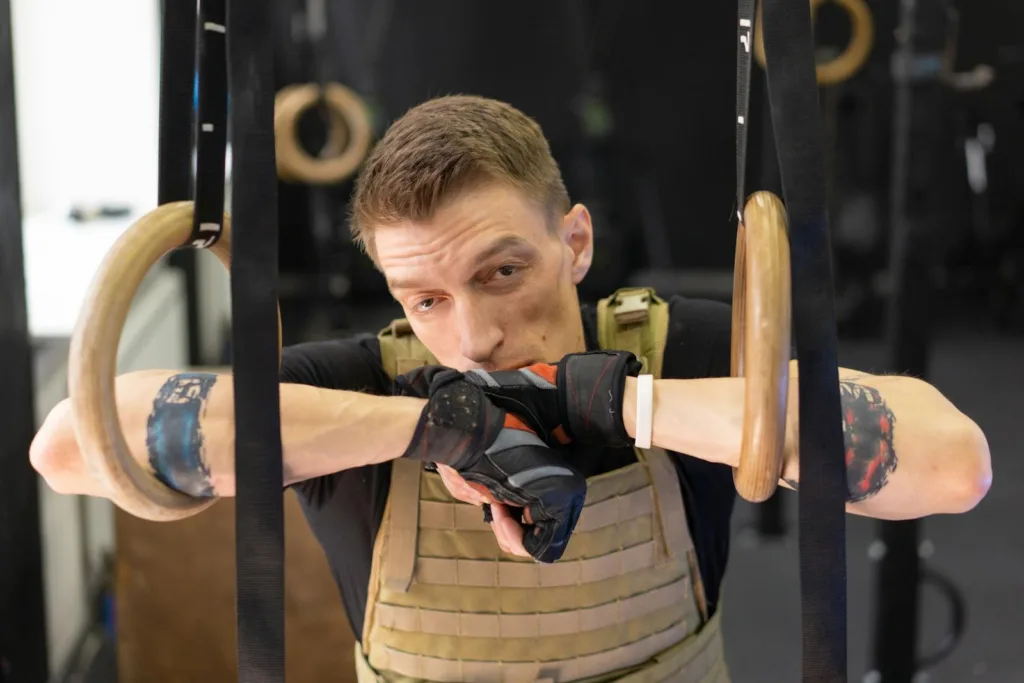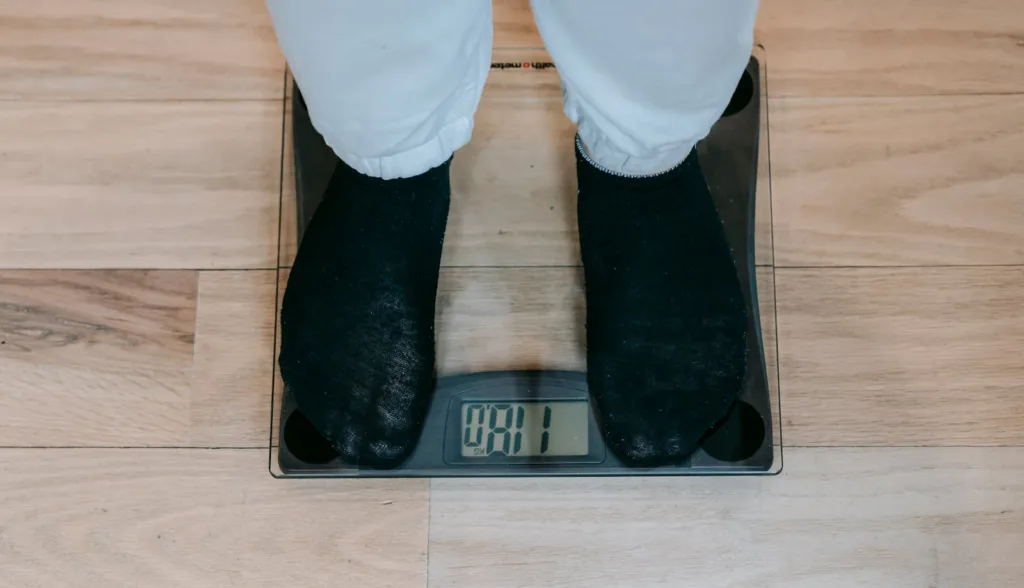Welcome to the future of fitness
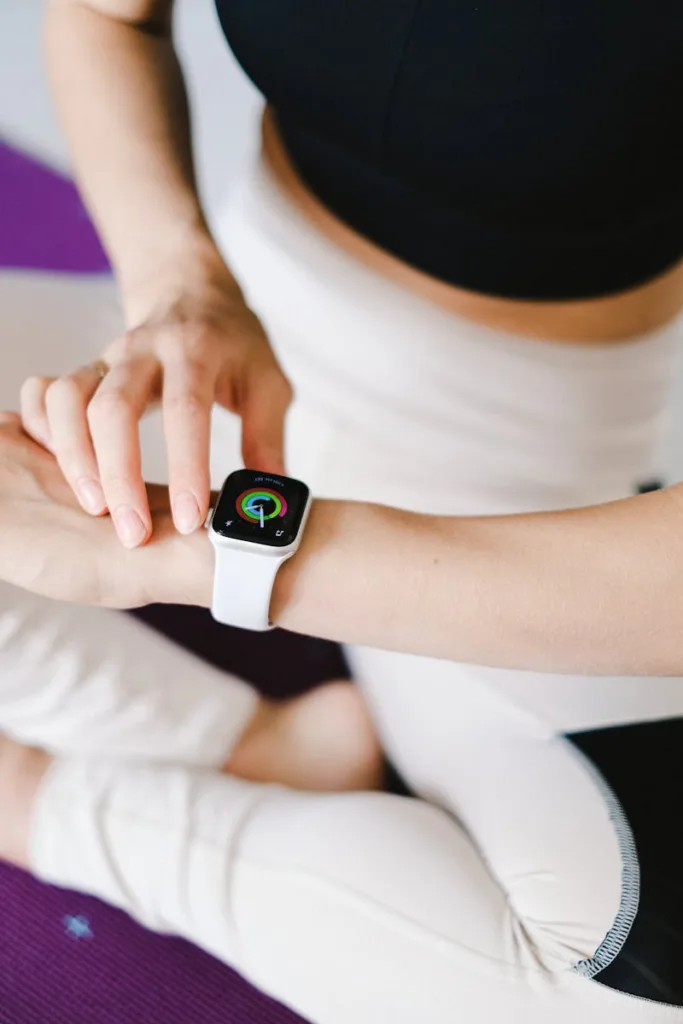
What if your workout routine could predict your fitness needs, adapt to your goals, and motivate you every step of the way? That’s the magic of AI-powered wearables, revolutionizing how we approach fitness.
From the bustling streets of New York City to the serene park of San Francisco, fitness enthusiasts across the United States are embracing a smarter, more personalized way to stay active. Gone are the days of generic workout plans and outdated fitness trackers. Today, wearable fitness technology infused with artificial intelligence transforms workouts into tailored experiences designed to fit your unique lifestyle, goals, and challenges.
Whether pushing through a morning run in Chicago or winding down with yoga in Miami, AI-powered wearables work as your fitness coach, tracking your progress, offering real-time insights, and guiding you toward your healthy goals. Ready to explore how this cutting-edge technology is changing the fitness game? Let’s dive in!
How AI is Shaping the Future of Fitness Wearables
Artificial intelligence is no longer a futuristic concept; it’s already part of our everyday lives. AI-powered wearables are now at the forefront of this technological revolution. These devices track your activity and offer real-time feedback, customized suggestions, and precise health metrics—all based on your unique needs.
1. Personalized Workout Devices
When you think of fitness wearables, your mind might go to those old-school step counters. Remember those? They were simple and pretty basic. But today’s AI-powered wearables are a whole different ballgame. They act as personal fitness trainers, offering insights and guidance tailored to your workouts. These devices track everything from heart rate to sleep patterns and provide recommendations based on your fitness level.
Let’s say you’re training for a marathon in New York City. Your wearable could analyze your running times, suggest pace improvements, and even offer recovery tips. If you’re a beginner in Los Angeles trying to improve your overall fitness, your wearable will suggest lighter, low-impact exercises that gradually increase in intensity as you build your strength.
2. Advanced Health Tracking: More Than Just Calories Burned
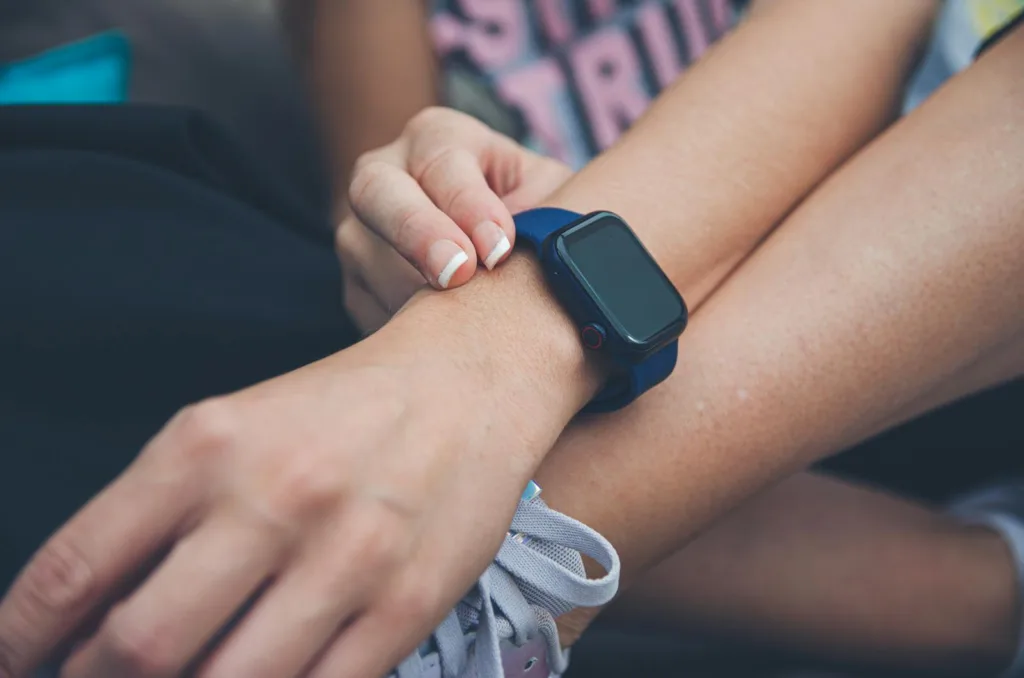
AI wearables can do much more than just track your steps or count calories burned. These devices monitor an array of health metrics, such as
- Heart Rate Variability (HRV): AI can help you optimize workout and recovery periods by analyzing HRV.
- Street Levels: Some wearable use AI to detect stress patterns, offering relaxation exercises or breathing techniques.
- Sleep Quality: By analyzing your sleep cycles, AI provides insights to help improve your rest, which are crucial for recovery and overall health.
- Biometric Data: From your body temperature to oxygen levels, AI wearables track real-time data to optimize your health and workout.
With all this data, AI-powered wearables ensure that you’re not just working out harder, but smarter. Whether you’re training for a marathon in Miami or recovering from a tough workout in Boston, your device is constantly collecting and analyzing your data to guide your next step.
3. Real-Time Feedback: Get Your Instant Adjustment for Maximum Results
Imagine having a personal trainer by your side 24/7, ready to correct your form, suggest pace adjustments, or motivate you to push harder. That’s the power of real-time feedback from AI-powered wearables. These devices analyze your movements and metrics as you exercise, providing instant suggestions to optimize your performance and keep you on track.
For instance, if your running pace starts to drop during a morning jog in Central Park, your wearable might nudge you with a quick alert to step it up. Similarly, if your squat form needs improvement while you’re strength training at home, the device can guide you to adjust your posture and avoid injury.
For seasoned athletes, this feature elevates training by fine-tuning performance metrics and preventing overtraining. Whether you’re aiming for a personal best in a marathon or perfecting your yoga poses, AI-powered wearables ensure you’re making every move count.
4. Adaptive Workouts for Every Fitness Level
Whether you’re just starting or already a seasoned athlete, AI-powered wearables offer adaptive workouts that cater to every fitness level.
- For Beginners: If you’re new to fitness and working out from home in Denver, your wearable will suggest beginner-friendly exercises, basic strength training, and yoga to improve flexibility and build core strength.
- For Advanced: Once you’re comfortable with your fitness level, AI wearables can suggest you more advanced routines like interval training, powerlifting, and HIIT. If you’re training for a marathon, MMA, or whatever your aim is this will help you and give recommendations to improve your performance. It will also give you specific recovery strategies to help you perform at your best.
5. Motivation & Goal Tracking
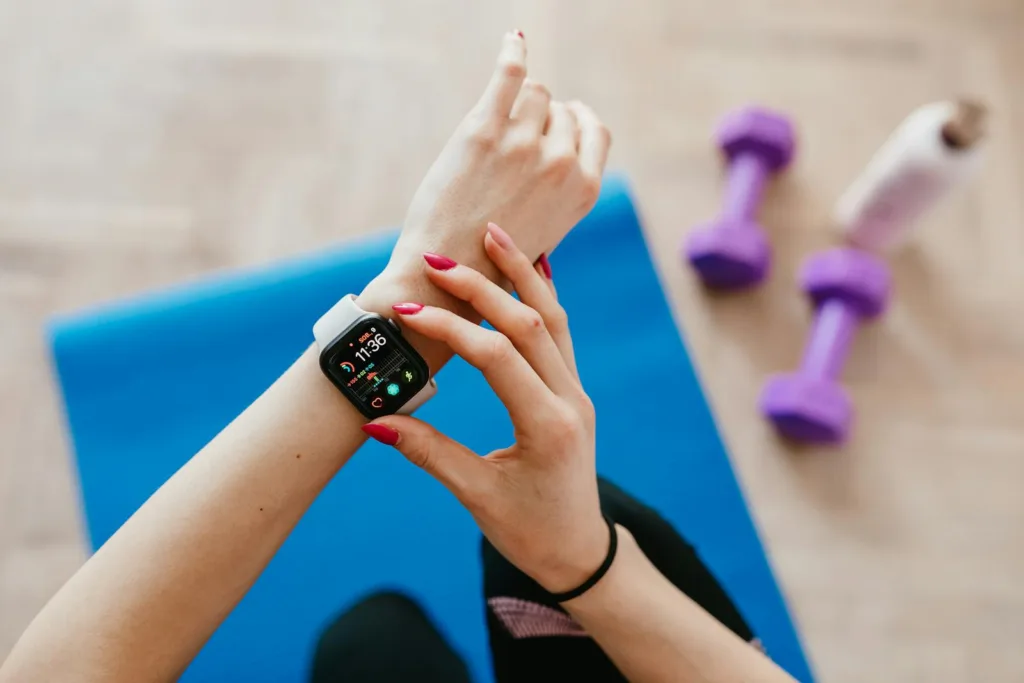
Staying motivated can be tough, right? This is where AI-powered wearables shine. These devices not only track your progress—they help you to stay motivated too.
- Goal Setting: Based on your metrics, you can set fitness goals like losing weight, running a certain distance, or achieving a new personal best in strength training. Your wearable tracks your progress and sends you reminders to keep going on your track.
- Celebrating Milestones: Hitting a new fitness milestone feels amazing, right? Wearable celebrates your achievements with motivational messages or visual progress representations, making your journey even more rewarding.
6. Wearable Fitness Devices: Top Picks for U.S Fitness Enthusiasts
The market for fitness wearables is booming, and several devices offer advanced AI features to suit your needs.
- Garmin Forerunner 265: This fitness smartwatch offers comprehensive health-tracking features and AI-driven insights. It’s perfect for outdoor enthusiasts in cities like Seattle, where tracking outdoor activities is key.
- Fitbit Charge 6: This device is a more budget-friendly option, that offers essential health metrics, personalized tips, and goal-setting capabilities.
- Apple Watch Series 10: For those who want a high-tech, stylish option, the Apple Watch offers advanced fitness tracking and AI-powered health insight, making it ideal for fitness lovers in tech-savvy cities like San Francisco.
- Oura Ring: A discreet yet powerful wearable, the Oura Ring tracks sleep and activity and offers personalized health insights, perfect for anyone who wants a more subtle device.
Tips for Getting the Most Out of Your Wearable Fitness Device
Maximizing the benefits of your AI-powered wearable is easier than you think. Follow these tips to take your fitness journey to the next level.
- Start with Small, Dream Big: Begin with manageable and possible goals according to your schedule and time, like walking 8,000 steps daily or completing a short workout. Increase your goals as your confidence grows.
- Track Your Progress Regularly: Check your device’s insights often. Use it then date to adjust your workout, celebrate small milestones, keep going toward your goal stay motivated.
- Diversify Your Routine: Avoid monotony by trying new exercises and training programs suggested by your device. Whether it’s yoga, strength training, or a fun HIIT session, variety keeps your fitness exciting and interesting.
- Prioritize Recovery: Listen to your body and wearable device for recovery recommendations. Resting and sleeping well are crucial for consistent progress and avoiding burnout.
- Sync and Share: Sync your wearable device with fitness apps to compare trends and connect with a supportive community. Sharing your achievements can amplify your motivation.
- Stay Consistent: Consistency trumps intensity: Your wearable device can give you suggestions and guide you, but sticking to regular habits makes the actual difference.
Conclusion
AI-powered wearables are revolutionizing the way we approach fitness. These devices not only track your activities but also give you personalized guidance, just like your personal trainer. This makes your workout smarter, not harder. Whether you’re working out at home in Miami, running through Chicago’s streets, or cycling the Pacific Coast Highway. These devices empower your fitness journey with insights that make every move count.
Now it’s your turn to take control of your fitness aim. Invest in these devices and add their features to your routine. And don’t just work out—work out smarter, recover better, and achieve your fitness goal faster.
Ready to make the leap? Explore our expert recommendation and start your fitness journey today. And don’t forget—Vitality Hub U.S. for more fitness guidance, and we are here to guide you every step of the way. Stay connected with us for more fitness tips motivation and everything you need to keep your fitness goal.
FAQs:
Q1. What is the best wearable for beginners in fitness?
Ans: The Fitbit Charge 6 is a great option for beginners to invest in your fitness journey. It gives you essential tracking features and more personalized coaching or suggestions as your trainer to improve your fitness and achieve your fitness goal soon at an affordable price.
Q2. Can AI Fitness Wearable Help Me to Lose Weight?
Ans: Absolutely Yes! These devices help you to track your activities and set your fitness goals plus give you insights to optimize your workouts and make them highly effective for weight loss.
Q3. Are AI-powered Wearables Suitable for Seniors?
Ans: Yup! Many fitness wearables offer features such as heart rate monitoring, fall detection, and fitness reminders, which are ideal and useful features for seniors looking to stay active and healthy.
